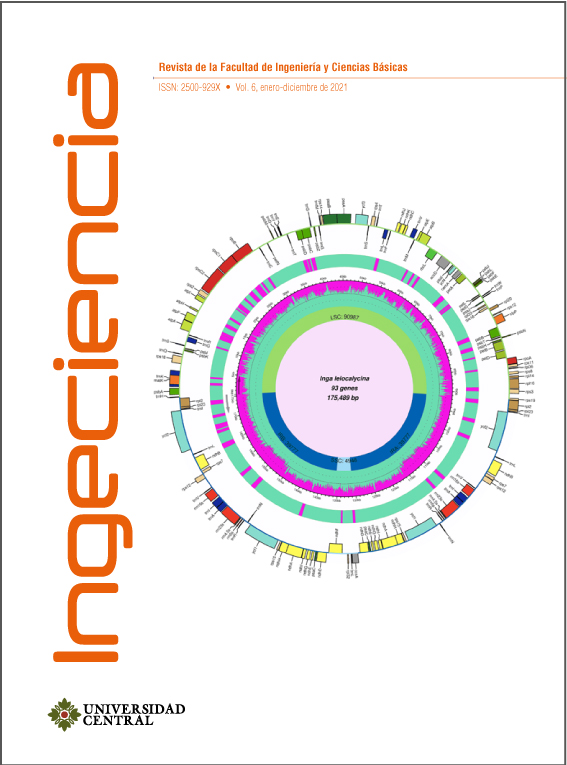Filogenómica de elementos ultraconservados en genomas de cloroplasto las fabáceas como caso de estudio
Contenido principal del artículo
En la última década, se han caracterizado regiones genómicas que se encuentran altamente conservadas entre dos o más taxones, denominadas elementos ultraconservados. Las regiones flanqueantes a estos elementos les brindan una variabilidad que permite usarlos como marcadores moleculares. Esta aproximación se ha explorado poco en plantas. El objetivo de este artículo es identificar elementos ultraconservados y regiones flanqueantes que puedan ser útiles en análisis filogenómicos. Como caso de estudio se seleccionaron las fabáceas (leguminosas) y fueron procesados 642 genomas por medio de un flujo de trabajo bioinformático que permitió localizar y extraer regiones ultraconservadas, así como regiones flanqueantes. Se identificaron 46 elementos ultraconservados, que en conjunto abarcan el 17 % del genoma de referencia. Se caracterizaron 31 genes asociados a estas regiones y 18 regiones flanqueantes de interés. De las 18 regiones flanqueantes, una presenta potencial para emplearla como marcador en grupos de la familia Fabaceae.



